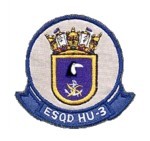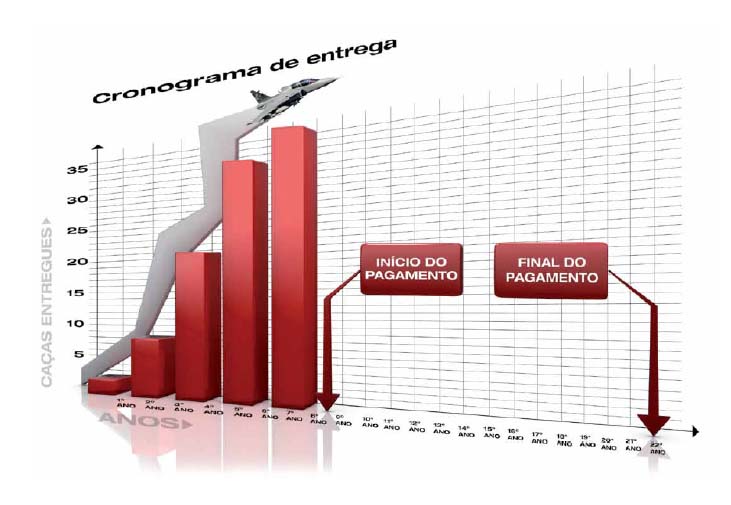Saab Postpones Gripen E First Flight—for Good Reason
by Chris Pocock
- November 30, 2016, 7:44 AM
The first flight of the Gripen E fighter has been postponed from late this year until the second quarter of 2017. Saab said that the delay is caused by its deliberate decision to fully qualify an innovative avionics and software system before getting airborne. But the Swedish company said that the test aircraft designated 39-8 has now done engine runs, only nine weeks after power-on, compared with 10to 18 months in previous Saab developments. High-speed taxi tests are due soon.
“We are handling the one million lines of code of a new fighter in a logical way,” said Lars Ydreskog, Saab’s head of operations. The company has designed a scaleable and hardware-independent software platform that it has named Distributed Integrated Modular Avionics (DIMA). It is qualifying software to the DD178C standard for commercial aircraft, even though the Gripen E will be limited to military certification. “This is our business decision; it saves time and money, and we can re-use up to 98percent of the initial qualification software in future applications, which is unprecedented,” Ydreskog claimed.
“By separating the flight-critical functions (FCF) from the mission systems, we aim to change or update tactical displays in weeks instead of years,” Ydreskog continued. “With Saab’s help, a customer can add new functionality through applications, similarly to a mobile phone.” Saab began the process of FCF separation 10 years ago, and its software engineers have been automatically compiling code to Level A standard for some years. The results since the rollout of the Gripen E last May are beating expectations, Ydreskog said.
The DIMA system has in fact already flown (in the rear cockpit of two-seat Gripen development aircraft 39-7), running parallel to that aircraft’s legacy avionics and software. Aircraft 39-7 has also test-flown the AESA radar, infrared search and track (IRST) system and new undercarriage of the Gripen E, and has now logged 350 hours. Meanwhile, a ground structural rig for the Gripen E has been testing real hardware for the past six months, achieving 150 landings, and an avionics rig has been operated for more than 500 hours.
Ydreskog expects to reduce the number of test flights for the more powerful Gripen E by one-third, compared with the previous Gripen C/D development program. Fabrication of the first three production aircraft for launch customers Sweden and Brazil has started, with deliveries scheduled for 2019.
On November 22, Saab and Embraer inaugurated the Gripen design and training facility in the latter company’s Gaviao Peixoto facilityin São Paolo, Brazil. It is connected to Saab in Sweden, and parallel development and flight test will take place there, especially of the two-seat Gripen F, as well as final assembly. “We have a long-term commitment to Brazil,” noted Hakan Buske, CEO and president of Saab. About 100 engineers from Embraer, other Brazilian aerospace companies and the Brazilian air force have already undergone training in Sweden, and Saab is now moving 20 of its engineers to the South American facility. Brazil is buying 36 Gripen Es.
http://www.ainonline.com/aviation-news/ ... ood-reason



